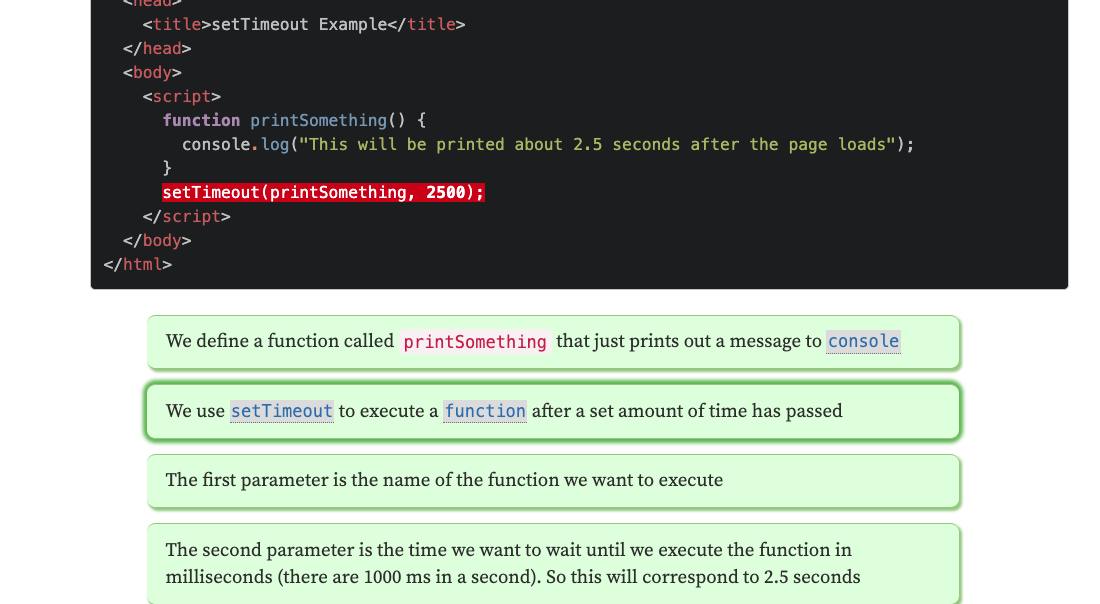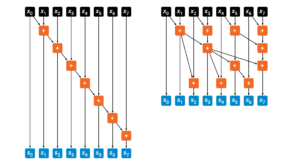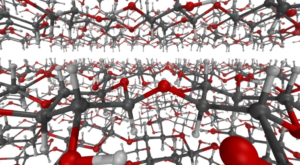Overview
Over the years, learners have found these annotations very useful, and the feedback on them has been very positive.
At the moment, there are no easy-to-use tools available to create these annotations, and they are very time-consuming to produce. In addition, the annotations cannot be easily embedded into online course materials, and enabling them requires the use of specific technologies and configuration.
Since online education has become an increasingly important part of all university-level education, both completing and replacing contact teaching, the annotations have become a highly important component in teaching.
We plan to develop:
-
A tool for teachers to create annotations with less effort and minimal technical knowledge
-
Integrate the currently available and newly created annotations to Acos ecosystem (http://acos.cs.hut.fi/) so they are freely and easily available for all teachers to uses
The usefulness of annotations has already been indicated by student feedback. However, the slow process of developing annotations has taken much of the limited teacher resources and has prevented less technically familiar teachers from adopting this technology.
Platforms and tools
Acos ( http://acos.cs.hut.fi/ and https://github.com/acos-server/acos-server ) is a proven and tested technology platform and ecosystem for disseminating learning content online. It is already used in the Aalto University Language Centre and CS Department. In addition, it is used by other Finnish universities (University of Jyväskylä, University of Tampere) and universities abroad (Pittsburgh). We have also published an article describing the Acos platform:
Sirkiä, Teemu, and Lassi Haaranen. “Improving online learning activity interoperability with acos server.” Software: Practice and Experience 47.11 (2017): 1657-1676.
Pedagogical methods
In practice, viewing and interacting with annotations requires active learning from students, while plain text with static annotations can be less engaging since they do not direct student attention to important details. As mentioned above, videos could provide similar explanations in multimedia format, but they do not offer interaction possibilities with the learning materials. In addition, interactive annotations allow students to proceed with learning at their own space. Research findings within multimedia learning support the use of interactive learning materials and animations.
According to Mayer’s Cognitive Theory of Multimedia Learning, which is backed by a considerable amount of empirical evidence, learners benefit from signaling connections between explanations and the structural components that those explanations refer to. Signaling reduces split attention while studying, thus reducing the learner’s cognitive load and enabling them to focus more fully on the content (See also van Gog, 2014: https://bit.ly/3dsxXnK). Highlighting the relevant sections of program code while the student is studying it is a form of such signaling.
Involved courses
CS-CJ3171 – Introduction to Web Development and Programming (3 ECTS)
Links & Materials
People
Lassi Haaranen
School of Science, Deaprtment of Computer Science
Pilot leader
Jan-Mikael Rybicki
Language Centre
Teemu Lehtinen
School of Science, Deaprtment of Computer Science






